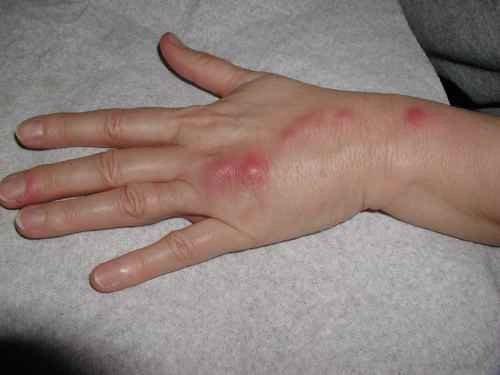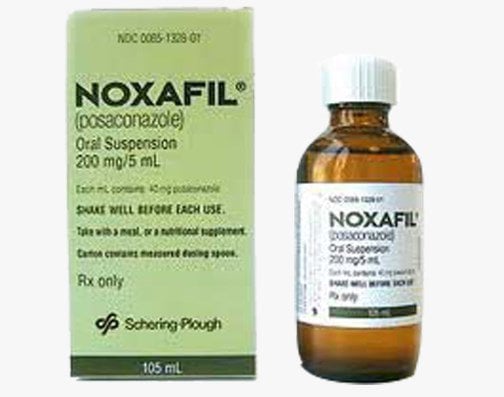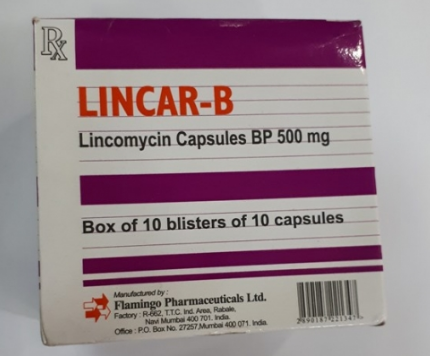How to clean the private area before giving birth
This is an automatically translated article.
Proper prenatal hygiene helps pregnant women have a more comfortable and gentle labor to wait for the moment of baby's birth. If you do not clean the private area properly, not only will the mother feel uncomfortable, but the health of the baby may also be affected because bacteria are more susceptible to invasion. Here are some useful tips below to help moms know what to do to keep their body clean and comfortable before giving birth.
1. Hygiene before giving birth, don't forget to take a shower
Before giving birth, pregnant women may sweat too much, which will make the mother feel itchy and uncomfortable, so it is extremely important to clean the private area before giving birth as well as body hygiene. Moreover, after giving birth, it takes a long time for pregnant women to take a bath. Most pregnant women often choose to cut their hair short to feel entangled and inconvenient during childbirth. However, if you still want to keep your hair long, you should clip it neatly.
In addition, the mother should bring a few clothes of breathable and sweat-absorbing fabric, which are spacious in the luggage to the hospital. Do not forget to prepare a few clean towels to wipe sweat during labor.
2. Before giving birth, remember to clean your fingernails and toenails
Fingernails and toenails if left too long will cause bacteria to easily accumulate, especially bacteria in the intestinal tract. This will be a risk of injury to the baby when in direct contact with the baby's very thin skin. Therefore, when cleaning the body before giving birth, do not clean and cut fingernails and toenails and clean all kinds of nail polish colors.
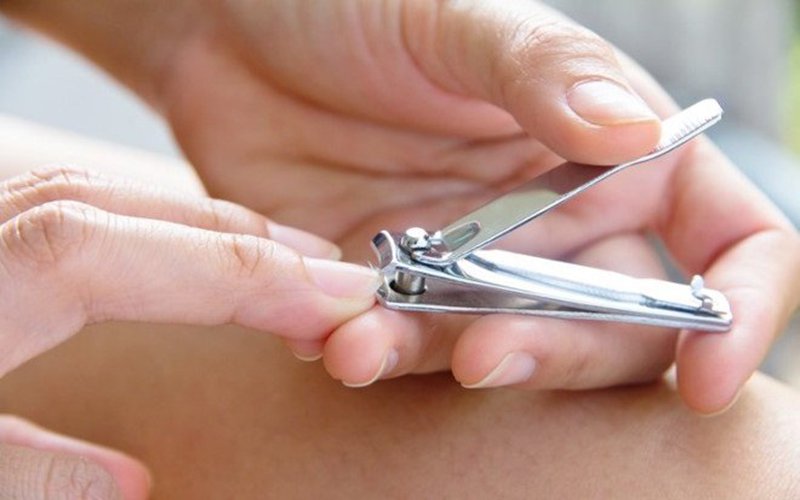
Mẹ bầu nên cắt ngắn và vệ sinh móng tay, móng chân trước khi lâm bồn
3. Hygiene before giving birth, don't forget to clean the private area
During pregnancy, the pregnancy hormones in the mother's body change, leading to many changes in the activity and function of the reproductive organs. More vaginal discharge makes the environment in the vagina become moist, which can create favorable conditions for the appearance and growth of bacteria and especially fungi, causing common gynecological diseases. encountered during pregnancy. Therefore, mothers need to keep the genital area clean before giving birth to avoid bad effects on the health of both mother and baby. This is an important intimate hygiene step during childbirth that should not be ignored.
Mothers need to note the following information to keep the intimate area healthy:
Do not bathe in the bathtub and soak for too long, do not soak in pond water or other dirty water. Clean, change underwear at least 2 times a day to keep the intimate area dry, helping to prevent the formation and growth of fungi and bacteria. Absolutely do not douche deep into the vagina because this will damage the bacterial flora of the vaginal area and may cause uterine bleeding. Use women's gynecological hygiene solutions to clean the intimate area, but do not overdo it, because the chemicals in the solution will also kill beneficial bacteria, increasing the natural pH in the vagina. vaginal environment, easy to cause dryness, discomfort. After defecation - urinating, pregnant women need to remember to clean the private area by drying the private area with a specialized cotton towel. Cotton towels need to be changed and washed daily.
4. Before giving birth, remember to trim the pubic hair
Before giving birth, you can trim your pubic hair with scissors in case your private area is too dense. Experts say that the time for mothers to shave or wax themselves is 7 days before the time of delivery - regardless of whether it is a vaginal birth or a cesarean section. This basically helps prevent infection from minor skin wounds, as they can attract bacteria to grow.
Vaginal shaving was once a controversial topic among scientists. Some studies on pregnant women during childbirth have shown that scratches or redness caused by shaving pubic hair can be the foci of injury for many pathogenic bacteria to grow. In some studies, women who shaved their pubic hair had a higher risk of infection than women who did not. Therefore, pregnant women should only stop at the step of trimming the hair in the private area neatly to avoid causing damage to the skin.
Currently, clipping the pubic hair is one of the steps of prenatal hygiene and is mandatory in many hospitals. However, this makes many pregnant women feel uncomfortable, many people do not like this haircut at all. Partly because of the uncomfortable symptoms after plucking the pubic hair that the mother encounters, such as: it can irritate the skin of the private area, or the hair grows more and harder than before, which is easy to cause infection.
Many hospitals around the world, especially the US, have begun to accept the view that it is not necessary to shave the pubic area during delivery or caesarean section. Many doctors believe that they can completely help women complete the birth without going through this step. At some hospitals, if pregnant women do not want to shave their genitals, they will be suggested to shave only half of the part related to the episiotomy. So, if you don't feel like having your genitals shaved, talk to your doctor right before you start giving birth. Mother may be able to fulfill this wish or simply the doctor can advise to shave only the necessary part.
Anyway, pregnant women can also consult with obstetricians during routine antenatal check-ups about trimming pubic hair. Mothers need to weigh the pros and cons of this before making a final decision for this prenatal hygiene step.
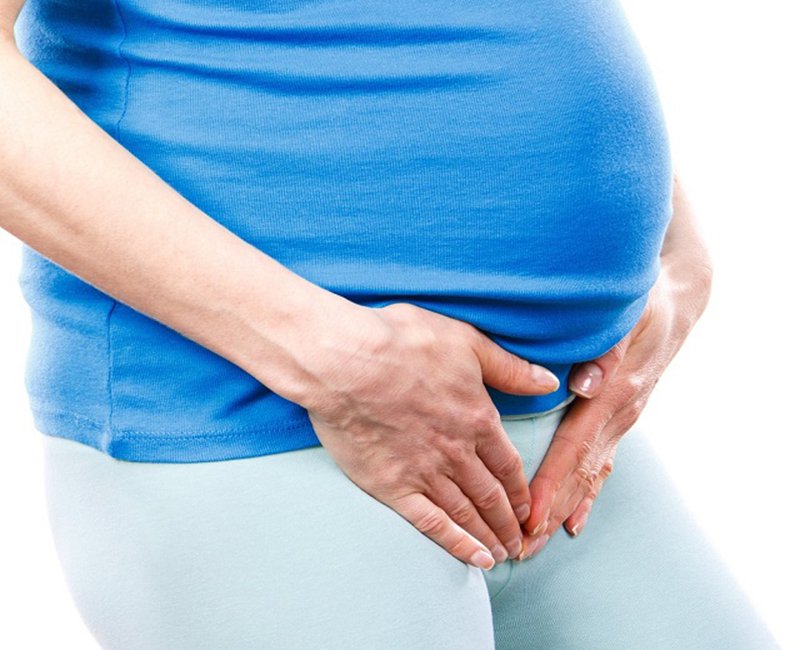
Cắt tỉa lông mu là một trong những bước vệ sinh vùng kín trước khi sinh
5. Prenatal hygiene don't forget to clean the nipples
After a few hours of giving birth, the mother is already able to breastfeed the baby. Therefore, when cleaning before giving birth, mothers need to clean their nipples before giving birth. This will also help the mother not to have a blocked milk duct after giving birth.
Mother should use soft bath cotton to gently rub both nipples, avoid scrubbing hard with the tip of your fingernails because it may hurt your nipple.
6. Sanitize before giving birth, don't forget to urinate
During labor, the mother must pay attention to urinate, usually about once every 2-4 hours to keep the bladder in an empty state, to avoid the swelling of the bladder due to being filled with urine. affect the contractions of the uterus and the anteriorly exposed part of the fetus. This is a hygiene step before giving birth to pregnant women.
Before giving birth, remember to douche the anus
Due to having to push hard during childbirth, there is no shortage of cases where pregnant women accidentally defecate right on the delivery table. Not only bringing shame to the mother, defecation during childbirth can cause unsanitary and bacterial infection of medical instruments. What's more, it can also cause some unnecessary difficulties for doctors. Therefore, the mother can buy the device herself and conduct an enema as soon as there are signs of labor. This is a very important step in prenatal hygiene.
For mothers with premature rupture of membranes, breech position, history of caesarean section, rapid delivery, cardiovascular disease... should not douche at home, but should discuss with the doctor first.
The above are small lists of "underarms" for pregnant women to prepare before giving birth, hoping to help mothers prepare everything necessary to prepare for a cleaner and more hygienic birth. Please !
If you have a need for consultation and examination at Vinmec Hospitals under the national health system, please book an appointment on the website (vinmec.com) for service.
Please dial HOTLINE for more information or register for an appointment HERE. Download MyVinmec app to make appointments faster and to manage your bookings easily.
This article is written for readers from Sài Gòn, Hà Nội, Hồ Chí Minh, Phú Quốc, Nha Trang, Hạ Long, Hải Phòng, Đà Nẵng.

